Regarding administrative management, Decision No. 145 dated August 14, 1862 of Governor Bonard stipulated the temporary administrative organization of Gia Dinh province including three prefectures: Tan Binh, Tay Ninh and Tan An. Each prefecture had three districts, Saigon was located in Binh Duong district of Tan Binh prefecture, and Cho Lon belonged to Tan Long district, the same prefecture. The prefecture and district system of Saigon - Gia Dinh at that time was temporarily run by former officials of the Vietnamese court, under the general direction of a French Bo Chanh who was a civil servant of the Inspectorate of Indigenous Affairs (Inspecteur des affaires indigènes). The organizational system below the district level (canton, commune, village, ly, hamlet) remained unchanged.

Admiral Pierre-Paul de La Grandière (1807-1876), Governor of Cochinchina
PHOTO: MUSÉE NATIONAL DE LA MARINE, PARIS (FRANCE)
Although there was an administrative division between Saigon and Cho Lon (located in two different districts of Tan Binh prefecture), in reality, before 1864, the land register map of Saigon included both Cho Lon and most of the Plain of Tombeaux. It was not until 1864 that the French colonialists announced their decision to completely separate the two cities of Saigon and Cho Lon.
Three years later (1867), for the first time, Governor De La Grandière issued Decree No. 53 dated April 4, 1867, consisting of 50 articles, regulating the organization and operation of the Saigon City Commission (Commission municipale) consisting of one city commissioner and 12 members. The city commissioner was selected from among civil servants, while the other 12 members were selected from among Asian and European residents in Saigon, regardless of nationality. The City Commission voted on issues such as public property management, city budget, tax schedules and regulations on tax collection, construction projects, major repairs, maintenance, expansion of roads and public areas, etc.
The Saigon City Committee met four times a year, in February, May, July and November, each session lasting ten days. All activities of the Saigon City Committee were under the direct supervision of the Director of the Interior (Directeur de I'Intérieur), a position established in 1864 with the task of assisting the Governor in the administrative management of Saigon and the newly occupied provinces. On August 7, 1869, the organization of Saigon City was amended by Decree No. 131 of Governor Ohier, according to which the City Committee was renamed the City Council (Conseil municipal) consisting of a chairman (or chief commissioner) and 13 commissioners. The chief commissioner of the City Council was called the Director of Saigon (Maire de Saigon) and was appointed by the Governor from among French civil servants. The method of election of council members also changed: 6 were appointed by the Governor of Cochinchina, 7 were directly elected. Their term of office was increased from 1 to 2 years, without any significant changes in the functions and duties of the council.
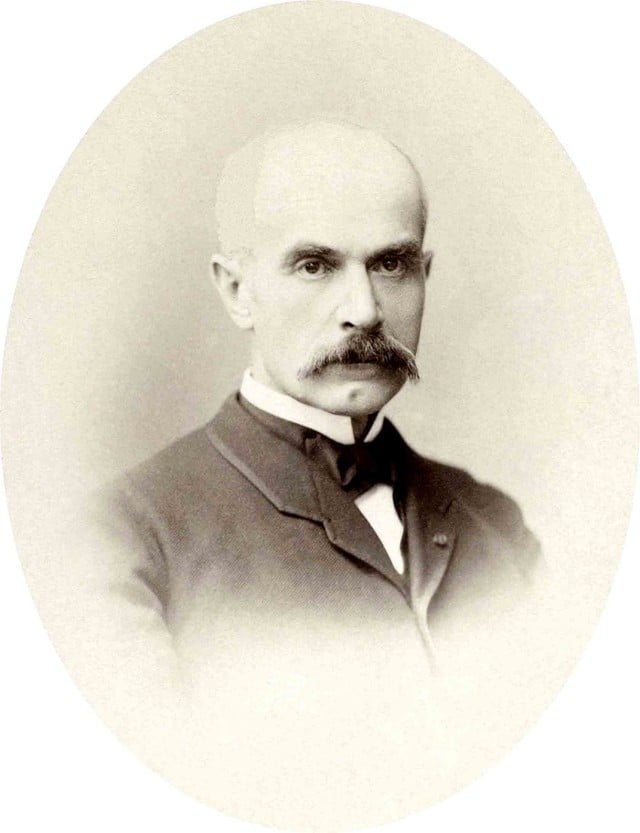
Le Myre de Vilers (1833-1918), first civilian Governor of Cochinchina
PHOTO: BNF - GALLICA
One can read in Decree No. 210 dated September 27, 1869 of Governor Ohier the list of 6 nominated members of the Saigon City Council, including 4 Europeans and 2 Asians, including Petrus Truong Vinh Ky, Director of the Gia Dinh newspaper, the first Vietnamese to participate in the Saigon City Council in the early years of French rule.
In the plan to annex the entire South, after the Nham Tuat peace treaty in 1862 signed with the Hue court, France carried out the second phase, occupying three western provinces (Vinh Long, An Giang , Ha Tien) from June 20 to 23, 1867. From then on, the entire six provinces of the South were in the hands of French colonialists.
On January 5, 1876, Governor of Cochinchina Duperré issued a decree to extensively reform the administrative organization of Cochinchina. Six provinces were abolished, replaced by four administrative regions (circonscription) and 21 districts (arrondissement). Below the district were cantons and communes. By December 8, 1882, the whole of Cochinchina was divided into 21 districts (or counties), with Saigon city being the first district.
Since the 1880s, the personnel organization has also undergone many changes. At the head of the district level are the French administrators (Administrateur des services civils). Each district has three administrators, one in charge of courts and prisons, civil registration, taxes, accounting, one in charge of financial matters, establishing a spending list, recording taxes, accounting, supplies, and one in charge of public works, building housing for civil servants, schools, establishing and maintaining roads, postal services, land, and population census.
A school was opened for the representatives to learn the common Vietnamese language, Khmer (Cambodian) and Chinese. The Vietnamese officials of the prefecture and district levels were no longer in charge of the districts but worked under the French representatives. The city of Saigon was also governed by the general administrative organization of the whole of Cochinchina.
On May 13, 1879, Le Myre de Vilers was the first civilian to hold the position of Governor of Cochinchina, marking the end of the period of military governors. (continued)
Source: https://thanhnien.vn/sai-gon-xua-du-ky-bo-may-cai-tri-tai-sai-gon-185251114215359718.htm








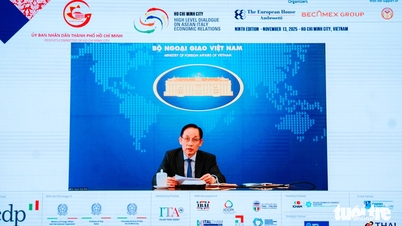
















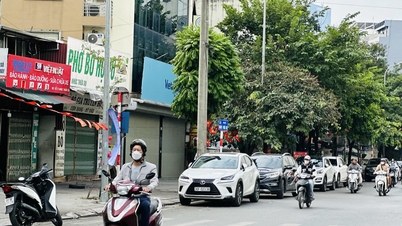














![[Photo] Unique architecture of the deepest metro station in France](https://vphoto.vietnam.vn/thumb/1200x675/vietnam/resource/IMAGE/2025/11/14/1763107592365_ga-sau-nhat-nuoc-phap-duy-1-6403-jpg.webp)




































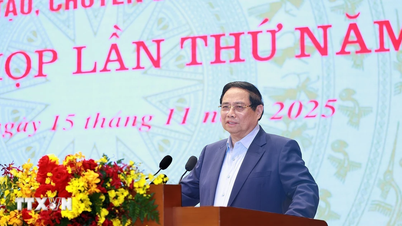










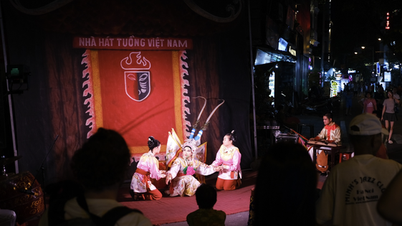








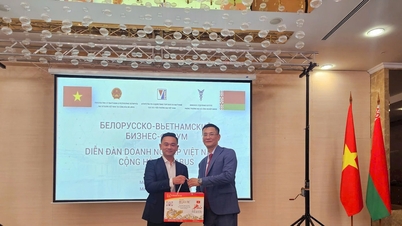

















Comment (0)